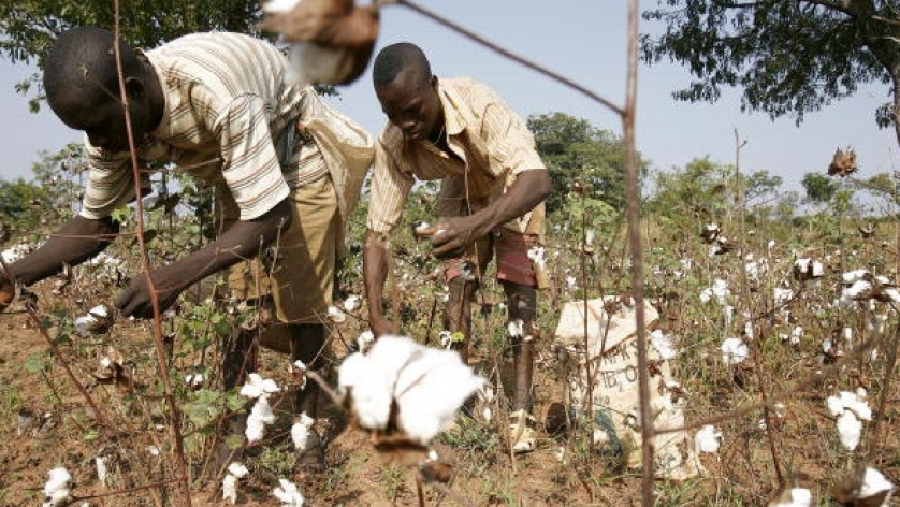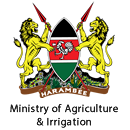However, production in the country declined from a peak of 70,000 bales in 1986 to 20,000 bales in 1990. The country has the potential to grow up to 260,000 bales, but currently, the sub-sector is producing a meagre 10,000 bales of lint annually against the domestic market demand of 110,000 bales. While the potential land is 400,000ha, presently only under 30,000 ha is being utilized. Current yield is about 572kg/ha against a potential of 2,500kg/ha. There are currently about 30,000 cotton farmers while the industry can be able to support over 200,000 farmers.
Further, the industry has the potential to employ 1.5 million people under the cotton textile and clothing value chain. Income earnings to growers will contribute to poverty reduction, especially in arid and semi-arid lands (ASALS). Cotton offers the raw material for local textile and apparels industries to manufacture for export and contribute to foreign exchange earnings.
Kenya’s texitile exports enjoy quota and duty free access to the USA market under the African Growth and Opportunity Act (AGOA) in addition to other preferential treatment in EU and COMESA markets. There are also numerous opportunities in targeted manufacturing to supply apparels in the local market and for home textiles and home décor.
However, Cotton production in the country has been constrained by various challenges; key among them, inadequate extension services; insufficient integration of the value chain; the high cost of production; lack of certified seeds and lack of affordable credit. Other challenges include fluctuation of seed cotton prices, weak farmer organizations, low production and productivity and obsolete equipment.
To address these challenges, the Government has commenced the process of supplying certified hybrid seeds which can produce over 2,000 kg seed cotton per hectare against the current average yield is 572 kg/hectare. It is anticipated that with this and other targeted interventions in the pipeline, cotton production in the country will experience a rebound and earnings to cotton farmers will significantly improve.
Under the Presidential Big-4 Agenda, Government has several initiatives that include input support, access and development of improved seeds, price support, construction of seed cotton buying centres, strengthening and formation of farmer cotton co-operatives /organizations, capacity building of extension service providers, and establishment of modern ginneries and commercialization of Bt. Cotton production. It is projected that cotton production will grow from a current low of 29,000 bales per year to about 200,000 bales by the year 2020.
During the launch of Bt Cotton program on 9th March 2020 at Alube University College in Busia (Western Kenya), Government had promised to provide farmers with certified hybrid seed for planting during the long rains of March/April. The Government has since procured 16 metric tons of non-Bt hybrid Cotton seeds from Mahyco Seed Company, distributed to following Counties; Busia, Bungoma, Siaya, Kisumu, Homabay, Baringo, Elgeyo/Marakwet, Kilifi, Kwale, Tana River and Lamu.
Additionally, during the long rains March/April, we are going to establish 720 demonstration sites of Bt cotton in the same counties where non-bt hybrid seed will be grown. These demonstration sites will be used for teaching farmers and extension service providers from all over the country so that full commercialization is done during the short rains October/November. In addition, we are going to establish 720 demonstration sites of bt. Cotton in the same counties. The demonstration sites will be used for teaching farmers and extension service providers from all over the country so that full commercialization is done in the subsequent seasons.
In the next three years, the Government will strengthen policies, research and development of cotton production and value-addition in collaborations with local and international seed companies, local research institutions, the textile and apparel sector as well as other development partners. To ensure the establishment of vibrant certified seed production for both Bt and conventional varieties locally and give our farmers the choice of seed they wish to plant and for which end-products.








